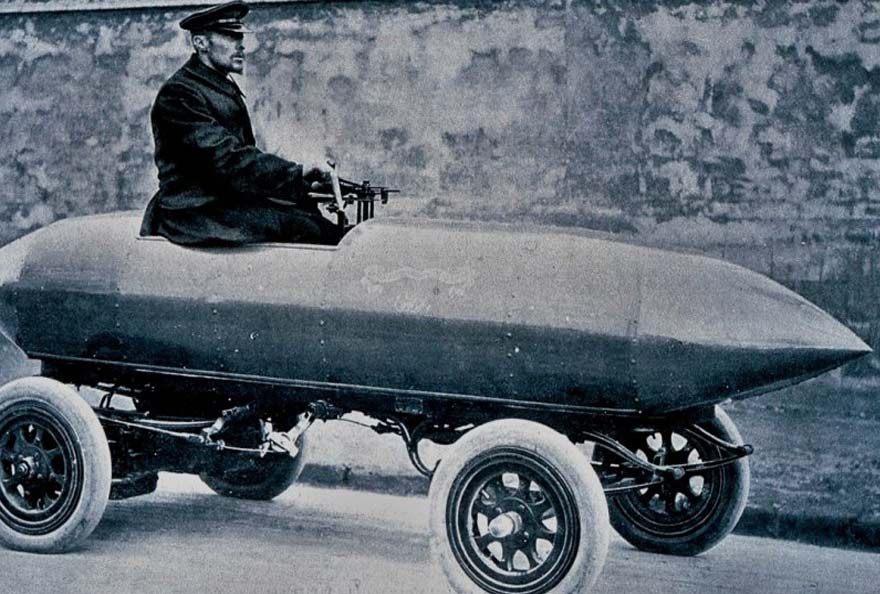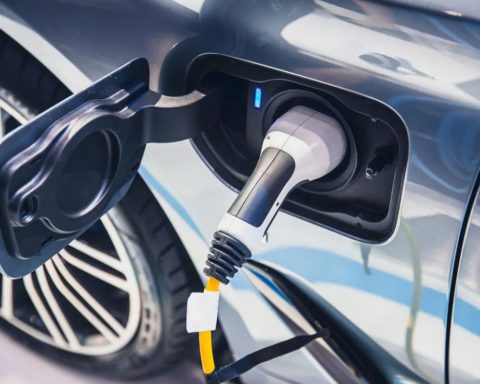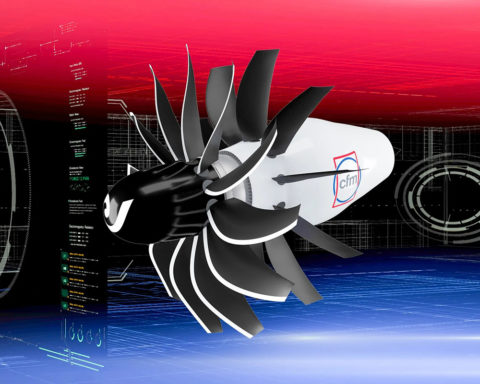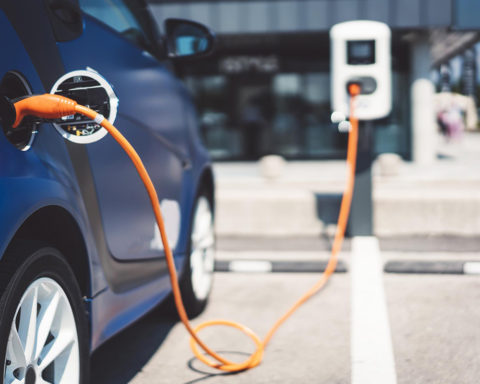Emergence de la VE – années 1890


Première résurgence – années 1940




Quelque chose à ajouter ? Dites-le en commentaire.
L’inscription à UP’ est totalement gratuite
L’inscription est sans aucun engagement de votre part11
L’inscription à UP’ est totalement gratuite
L’inscription est sans aucun engagement de votre part11
L’inscription à UP’ est totalement gratuite
L’inscription est sans aucun engagement de votre part11
rejoignez gratuitement le cercle des lecteurs de UP’






Quelque chose à ajouter ? Dites-le en commentaire.
Pourquoi ne pas profiter d’une lecture illimitée de UP’ ? Abonnez-vous à partir de 1.90 € par semaine.



Déjà inscrit ? Je me connecte
Inscrivez-vous et lisez trois articles gratuitement. Recevez aussi notre newsletter pour être informé des dernières infos publiées.
→ Inscrivez-vous gratuitement pour poursuivre votre lecture.

Vous avez bénéficié de 3 articles gratuits pour découvrir UP’.





